Still Quarrying — A Day of Silence?

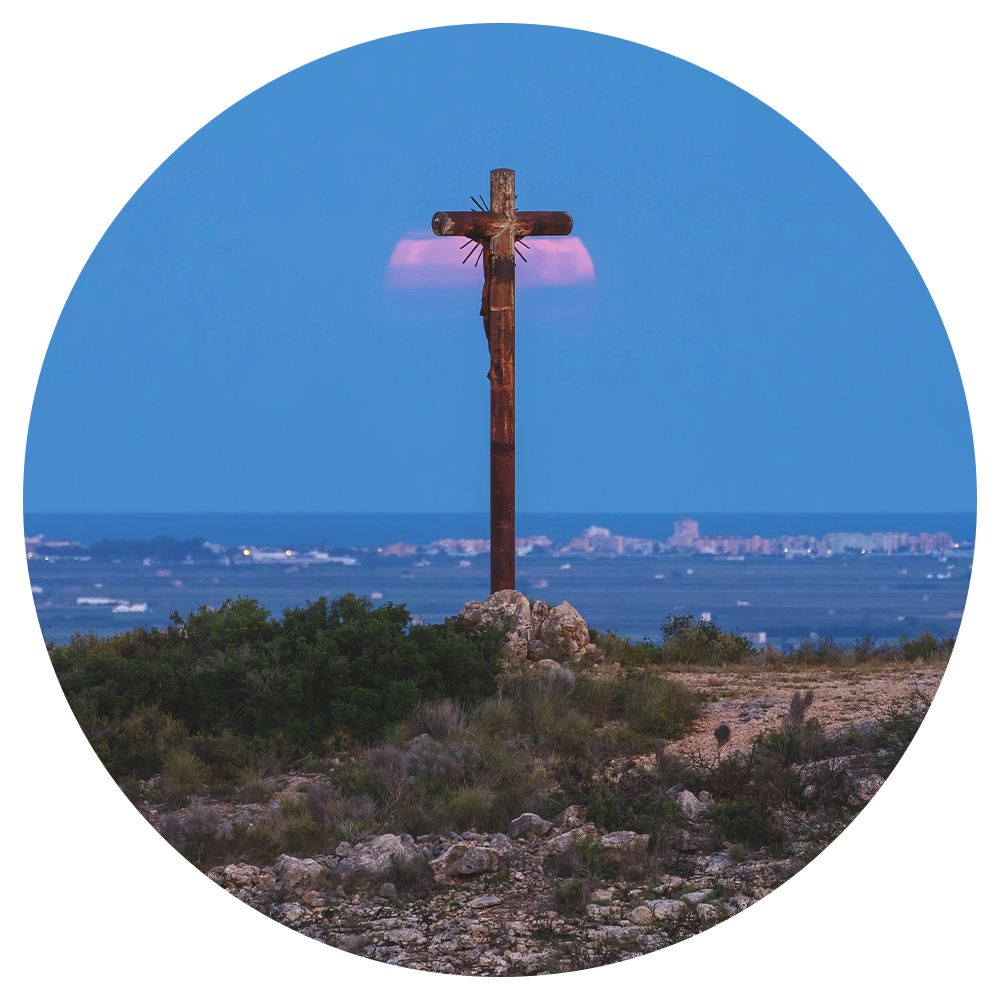 We call it Holy Week but for most parishes in the Church of Scotland it is a Holy Two Days: Thursday when the Lord’s Supper was instituted and Friday when the death of Jesus is commemorated. And Saturday is ignored. Even those churches where there is a programme of special services throughout Holy Week do nothing on Saturday.
We call it Holy Week but for most parishes in the Church of Scotland it is a Holy Two Days: Thursday when the Lord’s Supper was instituted and Friday when the death of Jesus is commemorated. And Saturday is ignored. Even those churches where there is a programme of special services throughout Holy Week do nothing on Saturday.
This is deemed appropriate by some. Apart from Matthew’s sparse account nothing is said about the day when Jesus lay dead in the tomb. And so Saturday in Holy Week has taken on the name, the Day Of Silence. But do we have to leave it at that?
Alan Lewis taught theology in New College, Edinburgh, before moving to Austin Theological Seminary in Texas. His major printed work is an examination of Holy Saturday and its significance. My copy of his book ‘Between Cross and Resurrection’ covers 477 pages and draws on a wide range of sources throughout Christian history. So there really is no need to be silent about Holy Saturday.
Think about it. Jesus was dead. All His vial functions were stretched to their limit until they gave out. Of course, this happens to every man and woman, but this is Jesus, the Son of God, who existed with the Father from all creation. Charles Wesley draws us all in when he has us sing:
‘Tis mystery all: the Immortal dies!
Who can explore his strange design?’
Wesley goes on to comfort us by saying that even the angels can’t work it out! But it is still worth our reflection. What does it mean to us that Jesus died?
Alan Lewis says in the Prologue of his book:
‘The non-event of the second day could after all be a significant zero, a pregnant emptiness, a silent nothing which says everything.’
It takes all those pages in his book as he tries to work it out. Which makes me wonder what I can possibly add. Certainly, I have tried over the years whenever I have taken a service on Holy Saturday to ‘sound the depths.’ But in the end, there is one thought that echoes in my soul: Jesus died. As all of us must do. In His humanity he identified with us to that extent. He shared our flesh and our psychology and like us, at a certain point, He was subject to death. But let’s get back to Alan Lewis’ words. Jesus’ death may well be thought of as a ‘zero’, an ‘emptiness’, a ‘silent nothing’. But it is a ‘significant zero’, a ‘pregnant emptiness’, ‘a silent nothing which says everything.’
There has been much imaginative speculation about Jesus’ experience between the Cross and the Resurrection. It’s most helpful to me, however, to simply acknowledge that He was dead. And in that He shared our humanity to the end. But that death accomplished so much that is in any way significant to humanity. Dietrich Boenhoffer said it all as he approached his execution:
‘This is the end. For me, the beginning of life.’
When Alan Lewis was researching what would become his book on Holy Saturday in 1987 he was diagnosed with cancer. It finally overwhelmed him in 1994. In the final chapter he gives an account of how, in effect, he was living out the truths at the heart of his work. Reflecting on the diversity but ultimate togetherness within humanity he writes:
‘. . . our single human nature was raised to wholeness and new possibilities from the one grave wherein it lay on Easter Saturday.’
Fergus Buchanan




 Add to Favourites
Add to Favourites
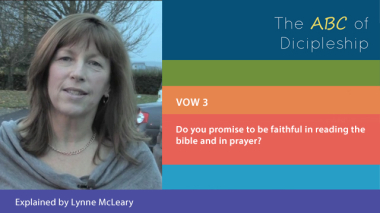


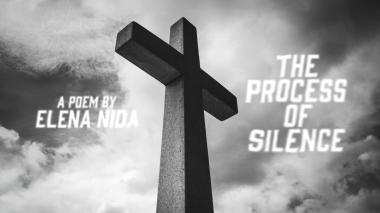

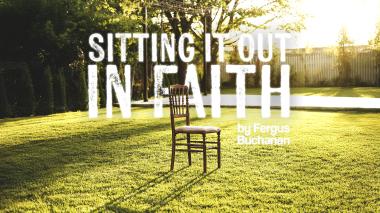
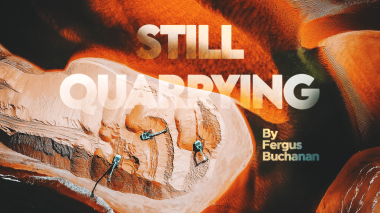
Login to comment.